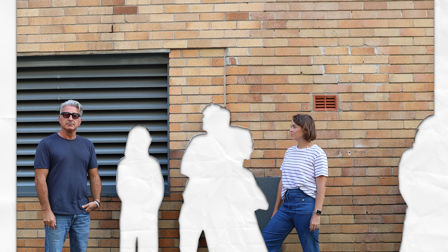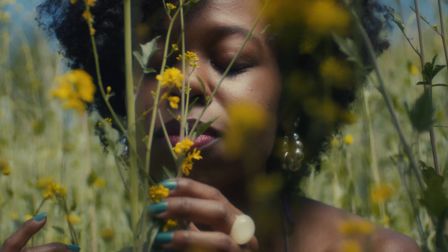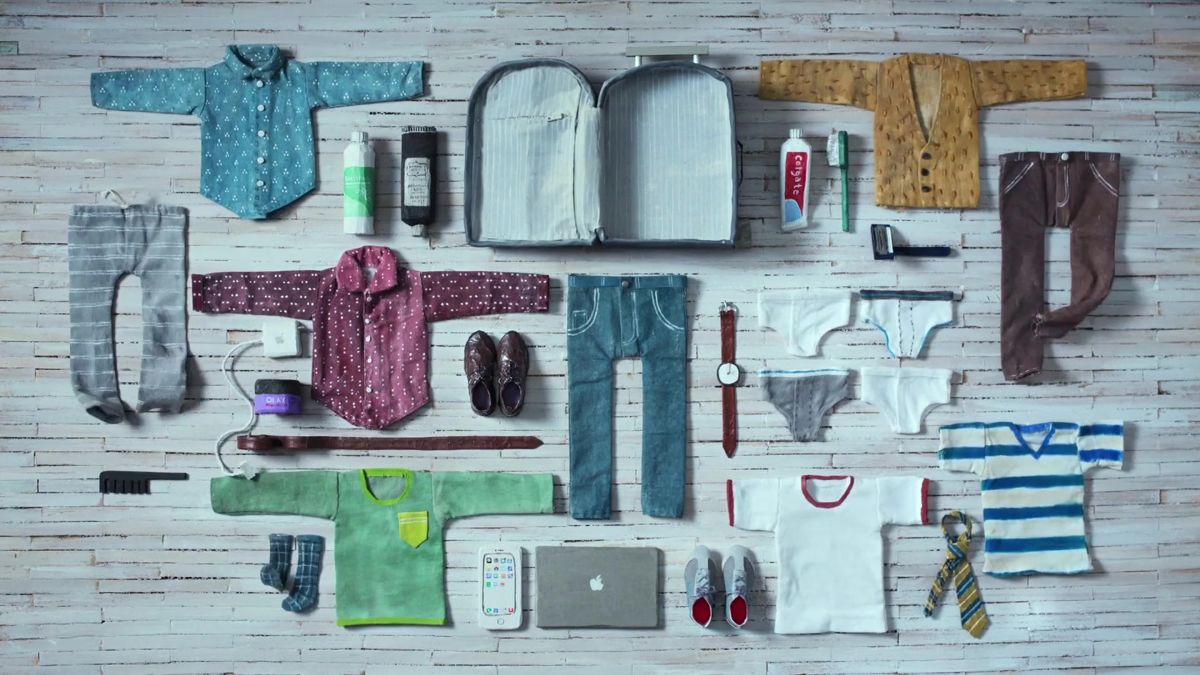Tiny Inventions on smart animation
1stAveMachine's Oscar-nominated directing duo of Max Porter and Ru Kuwahata speak to Carol Cooper about finding the new in existing forms, expressing the clarity of the craft and how animation is a contrast to, not substitute for, live-action shooting.
Tiny Inventions - directing team, 1stAveMachine
One animation director I spoke to last year said they felt that one of the main problems facing animation was that it was samey and could end up referencing itself too much. Do you feel that is true? What inspiration do you draw from in your work?
We agree. That’s why every character you see for six months has the same nose, even though it doesn’t fit with the other design choices. Someone at some point probably had a good reason for drawing the nose that way, but that reason got lost in the translation.
It’s inspiring to see how game engines, like Unreal, are evolving and being used in cinematic productions.
When developing works, we avoid looking at other animators or illustrators for that reason. We’ll look at stuff from related fields (photography, sculpture, live action film), read, and document direct experiences in our sketchbooks. More and more, we spend a lot of time writing our director's intentions down before starting a production. Articulating those aesthetic and technical decisions helps keep us accountable; those choices have a reason beyond being something that we saw before or just thought was cool.
Have there been any new tech or developments in the industry that you feel have been significant in the last year?
It’s not new technology, but it’s inspiring to see how game engines, like Unreal, are evolving and being used in cinematic productions. As directors, we’re excited by the possibilities of getting real-time feedback when interacting with scenes.
Credits
powered by
-
-
- Director Tiny Inventions
-
-
Unlock full credits and more with a Source + shots membership.
Credits
powered by
- Director Tiny Inventions
- Director/Animator Tiny Inventions
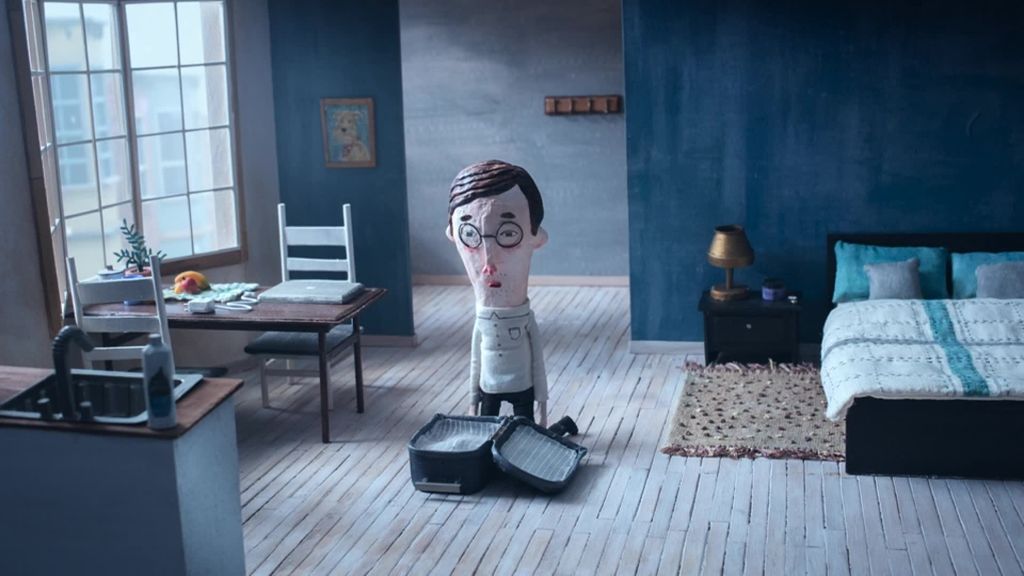
Credits
powered by
- Director Tiny Inventions
- Director/Animator Tiny Inventions
A lot of animation producers I spoke to last year said shrinking budgets were a problem for animation, and that people seemed to want more for less? Is there a lack of understanding from clients/brand regarding the laboriousness of the craft that mean people expect more for less outlay?
In recent years, we’ve been asked to make short films for the same amount of money as a 30 sec spot. And a project with a small budget might also come with a lot of variations and stills for social media. This might be a lack of understanding about the craft. Or simply the need to keep putting out more and more content.
It may be obvious, but what you see in animation is always synthetic. A character may represent a human, but wouldn’t be mistaken for a real one.
We try our best to explain our process clearly and what it takes to create what they want. Sometimes we can negotiate a price that makes sense, other times we walk away from the project knowing we’d lose money.
In the current situation animation is being presented as an alternative to live-action shoots. When reworking a script from a live-action to an animation, along with the possible adaptation of story, what are the things to be considered?
That’s a great question. It may be obvious, but what you see in animation is always synthetic. A character may represent a human, but wouldn’t be mistaken for a real one.
Instead of being a compromise, this actually opens up a lot of possibilities for storytelling: Sensitive subjects can be made approachable through metaphor or avatars; Long stories can be condensed with symbolism; Complex or abstract ideas can be visualized; Even how the animation is made—the graphic treatment, materials, etc—can be a part of the story that it tells. And animation’s a natural medium for creating fantastic worlds. We hope that any script that is reworked from live-action to animation will explore the limitless potential of the medium.
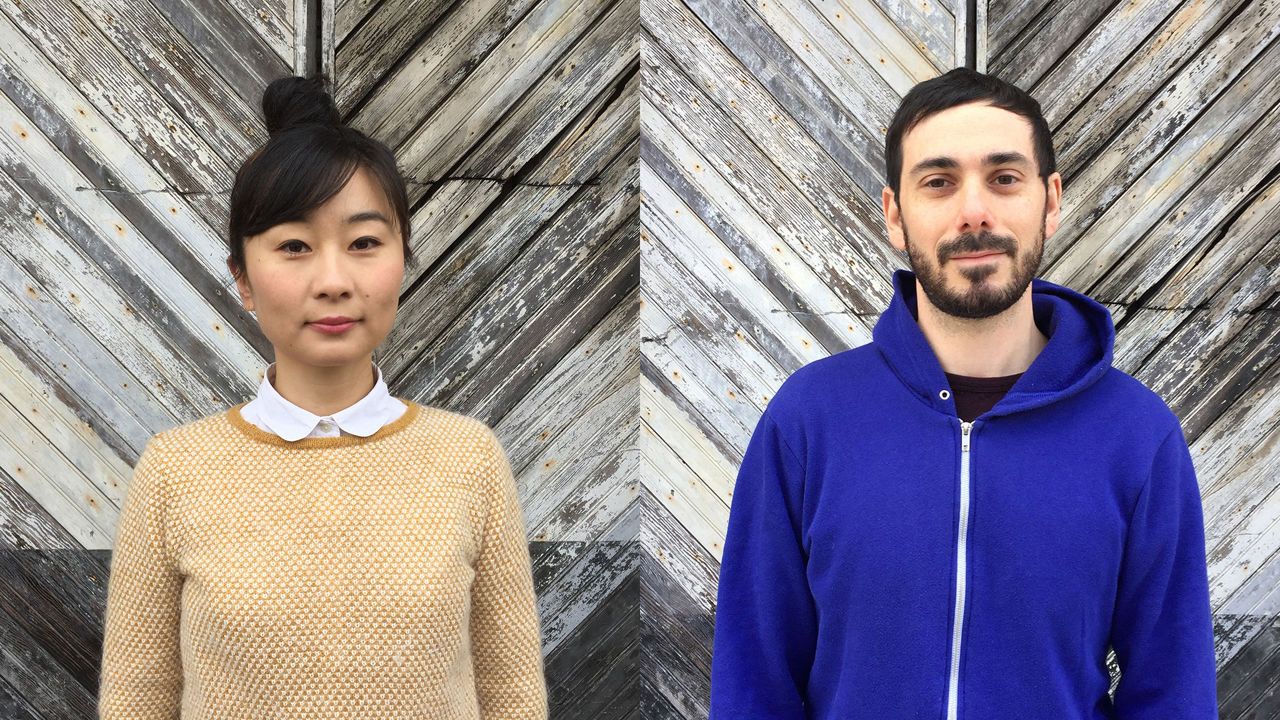
Above: Ru Kuwahata and Max Porter, aka Tiny Inventions.
Have you noticed creativity dropping off under lockdown? Some artists find anxiety or isolation caused by Covid is negatively affecting their creative output? How are you coping?
We just welcomed a baby girl two months ago, so we entered the newborn parenting bubble at the same time most of the world went into lockdown.
We have noticed anxiety from other artist friends about the uncertainty of the future, but we’re getting a lot of creative energy from our baby and trying to focus on the joy that she’s bringing.
Our time is limited by caring for her, but we are trying to move forward with projects as much as possible.
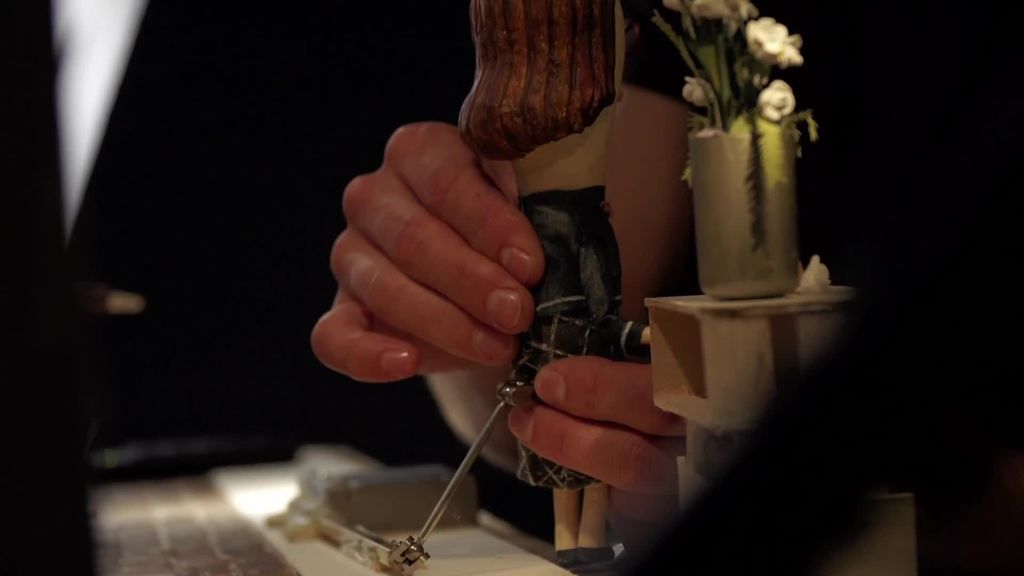
Credits
powered by
I notice in an interview about the creation of Negative Space that you and your team spent time living together in France and sharing observations about family relationships. The sensitivity and finely detailed observation of the film is something that makes it so enchanting. Do you think that quality came about due to you working in actual close proximity? Do you think that level of collaboration can be replicated by virtual conferencing?
Having the Negative Space team live and work together had a tremendous impact on the project. As directors, we got to know our collaborators as individuals and were able to work with their unique habits, passions, and sensibilities. Something as simple as a dinner together could inform a creative decision that we made the following day. And with stop-motion being a physical technique, it’s important to work in the same space.
We’ve worked on virtual productions with people from three different continents at once and there’s something equally magical about collaborating without borders.
With virtual conferencing, you’re always getting an abstracted, often curated, version of the other person. You lose those small, seemingly insignificant moments together where you see them as fully dimensional people. It’s almost too efficient for its own good.
Even though physical collaboration can’t be replicated, however, virtual productions can offer different types of empowerment—ones that are unique to digital platforms. We’ve worked on virtual productions with people from three different continents at once and there’s something equally magical about collaborating without borders.
In an interview last summer you said you had spent two months in Denmark working with a visual development team on our first stop-motion feature film. Can you tell me about this project?
We’ve been developing a stop-motion feature film for the past 2.5 years. We were a part of Torino script lab, Sundance script lab, NEF animation writing residency and, last summer, we worked on visual development at the Animation Workshop in Denmark. We’re trying to get funding for the next stage of the production.
Here's the synopsis:
In 1998, Kayo, a Japanese foreign exchange student, comes to California as part of a new international program funded by an American billionaire, Henry Hughes. While Kayo spends most of her days struggling to assimilate into the new culture, her nights are spent secretly exploring Hughes' magical ranch nearby with a Japanese-speaking ostrich that lives there. With the gentle guidance of Ostrich-san, Kayo slowly opens up and becomes close friends with two of her classmates at the school: Geo, a politically active girl who doesn't fit in and, Jessica, a highly sexual Korean-American girl who's always looking for the next big thrill. When disturbing allegations against Henry Hughes come to light, Kayo's innocence is tested as she tries to find her place in an unfamiliar social structure and discovers the dark side of the American dream.
)








